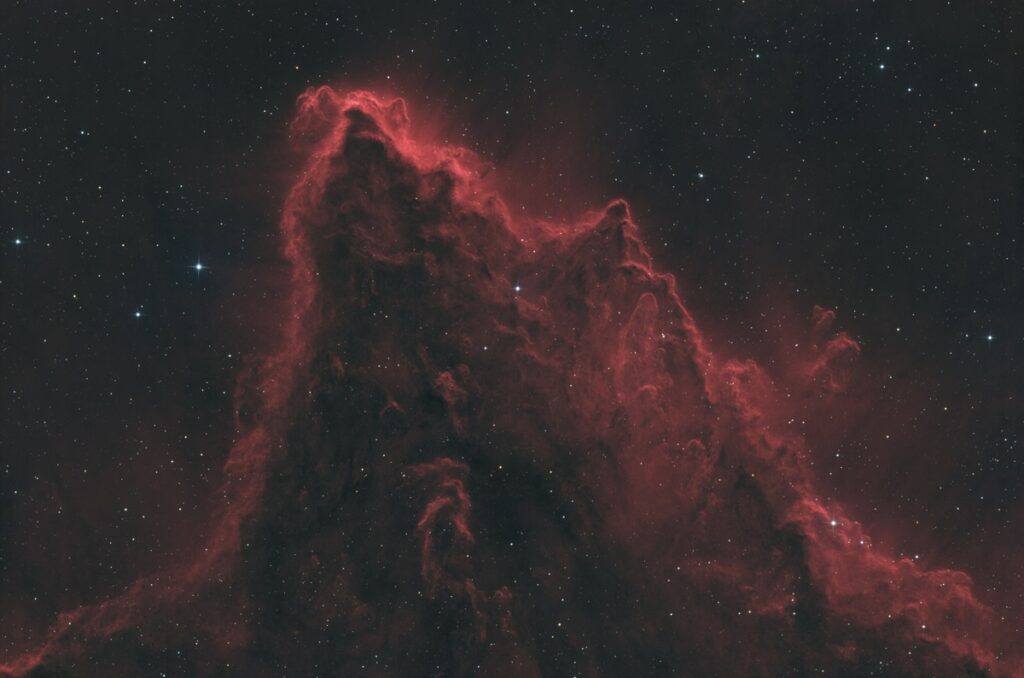
The David Malin Awards, an international astrophotography competition, recently showcased exceptional images of the night sky, offering a glimpse of the cosmos to those unable to escape city lights. Organized by the Central West Astronomical Society and hosted at the CSIRO’s Parkes Observatory Visitors Centre, this year’s event highlighted the artistry and scientific integrity of astrophotography.
Renowned astrophotographer Alex Cherney, who served as a judge for the awards, emphasized the importance of the “wow” factor in the entries. He stated, “Technical perfection alone doesn’t make an image stand out. The best astrophotographs aren’t just documentation – they reveal the cosmos in ways that inspire and educate.” The competition featured six categories, each focusing on unique techniques and storytelling possibilities, encouraging participants to connect with the universe above.
Connecting Earth and Sky
The awards are named for David Malin, a pioneer in astrophotography who believed the medium should blend scientific accuracy with artistic beauty. Cherney noted the diverse ways photographers capture the night sky, whether through the framing of the Milky Way against landscapes or the delicate colors of emission nebulae. An example of this is the Nightscapes category, which merges terrestrial and celestial elements, creating striking contrasts.
One notable entry came from Janice Terrill, whose image features a mangrove lake and an impending storm alongside the extraterrestrial Comet Atlas. This composition provokes questions about what captures attention first: the comet or the lightning that threatens to strike. Such images remind viewers of the beauty in both our world and the universe beyond.
Encouraging Young Talent
The Junior category of the awards invites participants under 18 years to explore astrophotography, potentially igniting a life-long passion. Cherney highlighted that judges looked for images that evoke emotion and offer fresh perspectives on the universe. Charlie Marzolla won this category with his breathtaking photograph of the Eagle Nebula, demonstrating the aesthetic qualities that Malin championed.
The Widefield category showcased photographs taken with professional cameras that capture expansive regions of the sky. One notable entry was “Vela SNR” by Rod Prazeres, depicting a segment of a supernova remnant created when the massive star Vela exploded around 11,000 years ago. Such images not only highlight the technical skills of the photographers but also the awe-inspiring events that shape our universe.
The David Malin Awards serve as a reminder of the beauty and complexity of the cosmos. While city dwellers may find it challenging to see the stars, the work of dedicated astrophotographers brings the wonders of space to everyone, encouraging us all to look up and appreciate the night sky.







